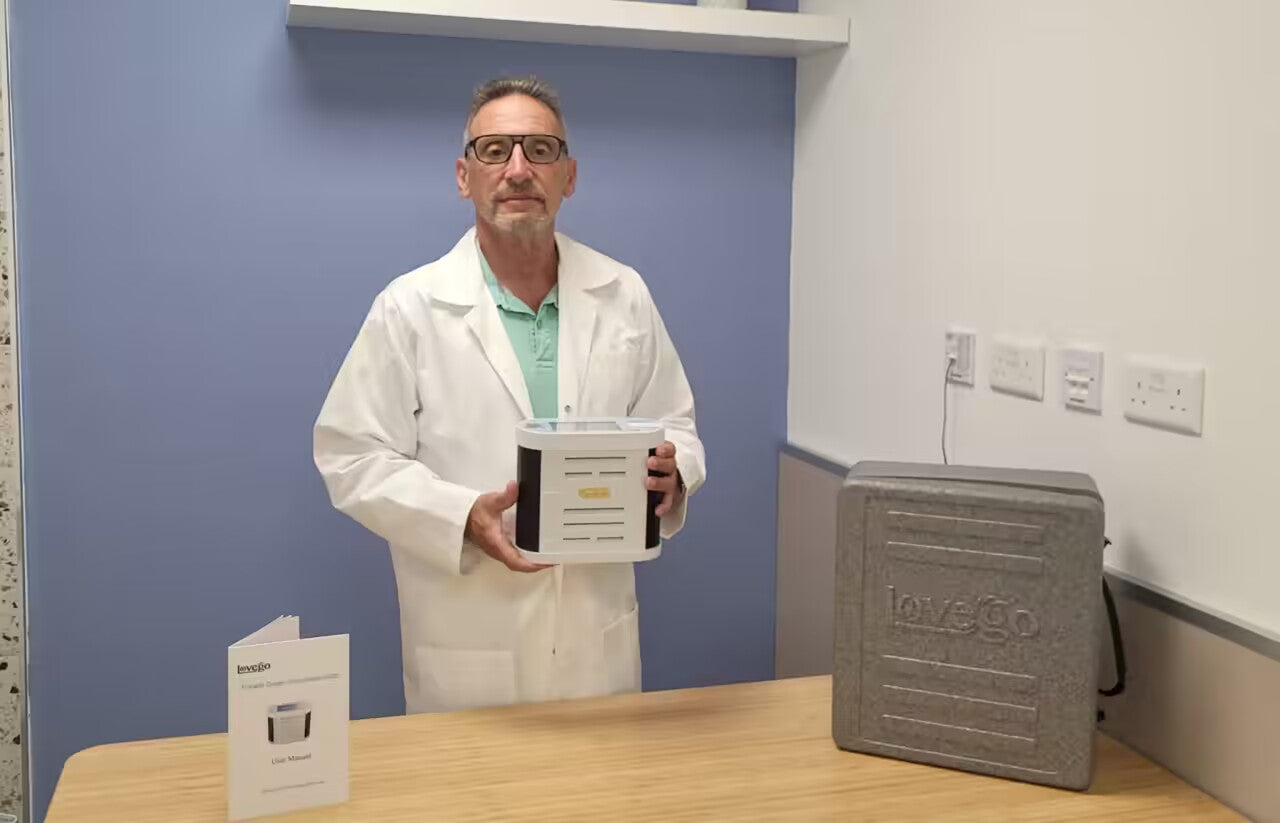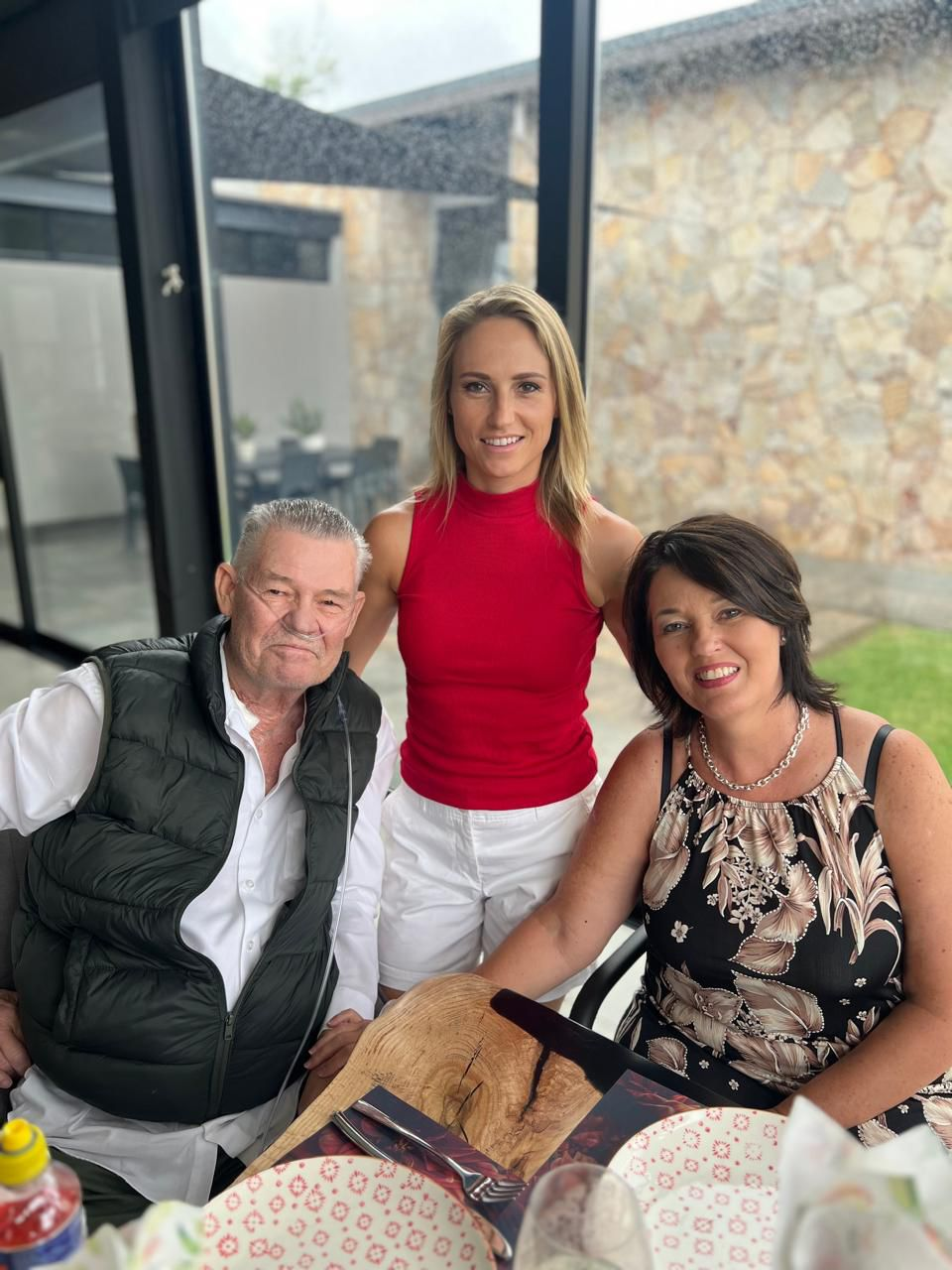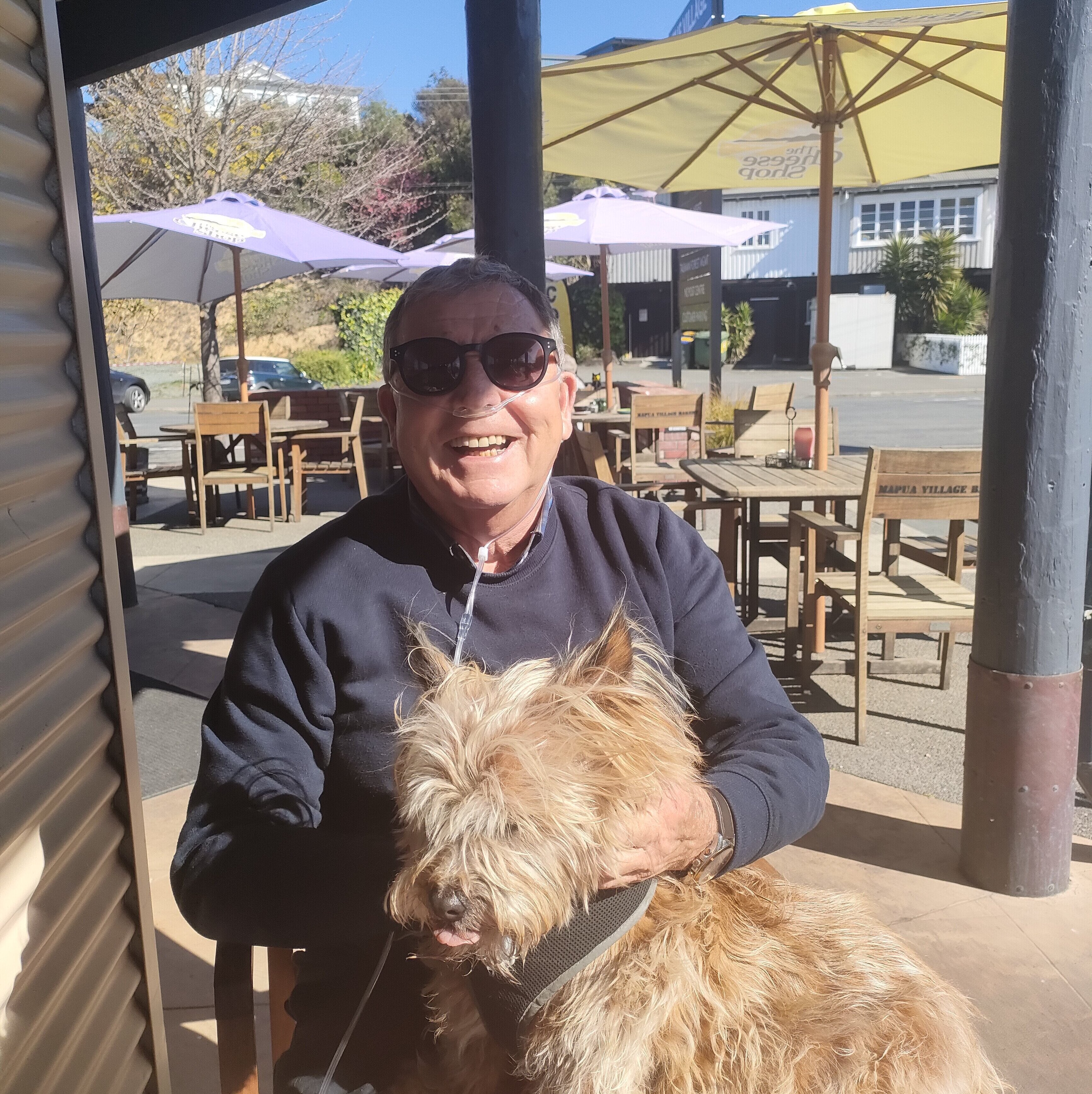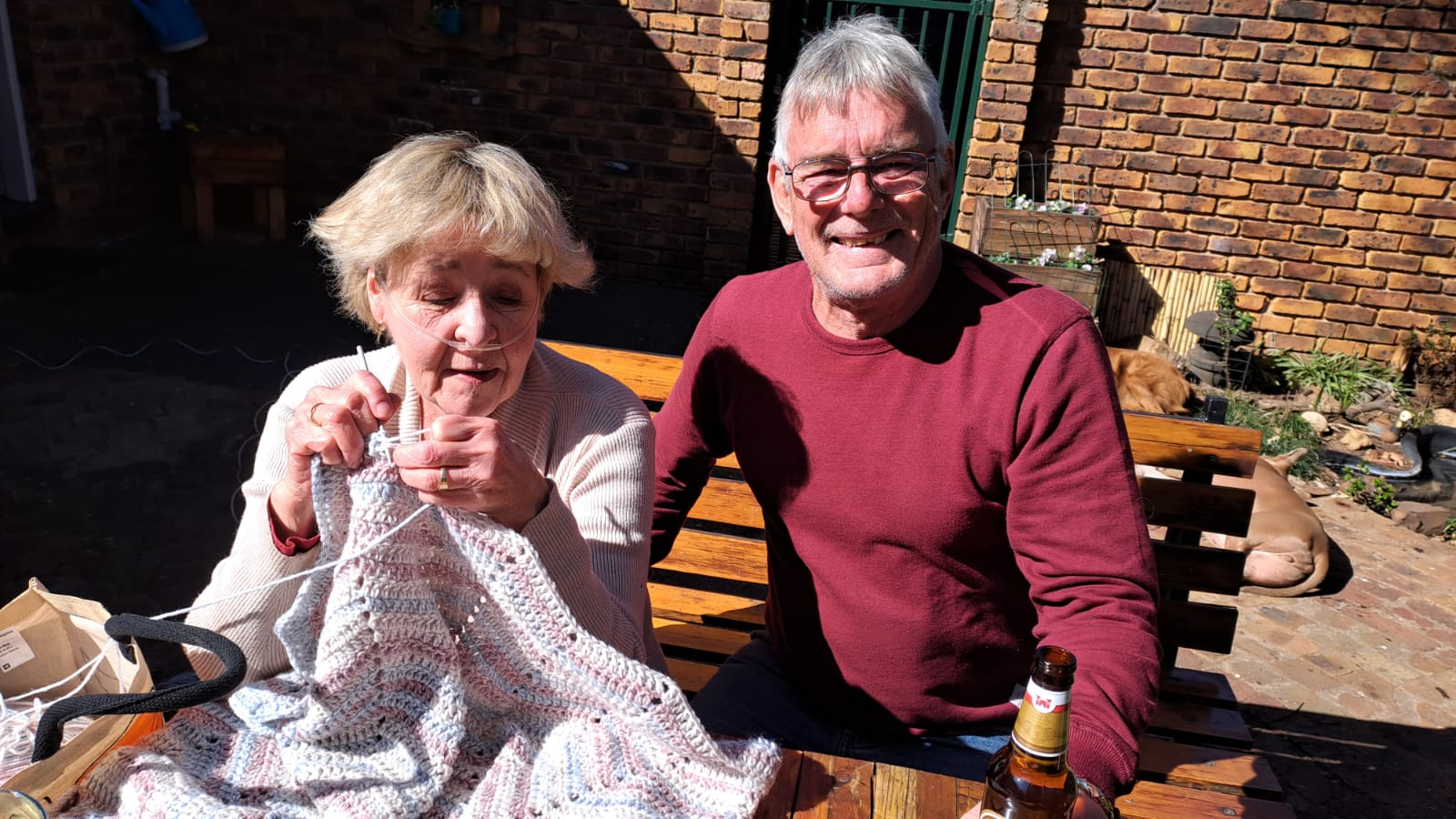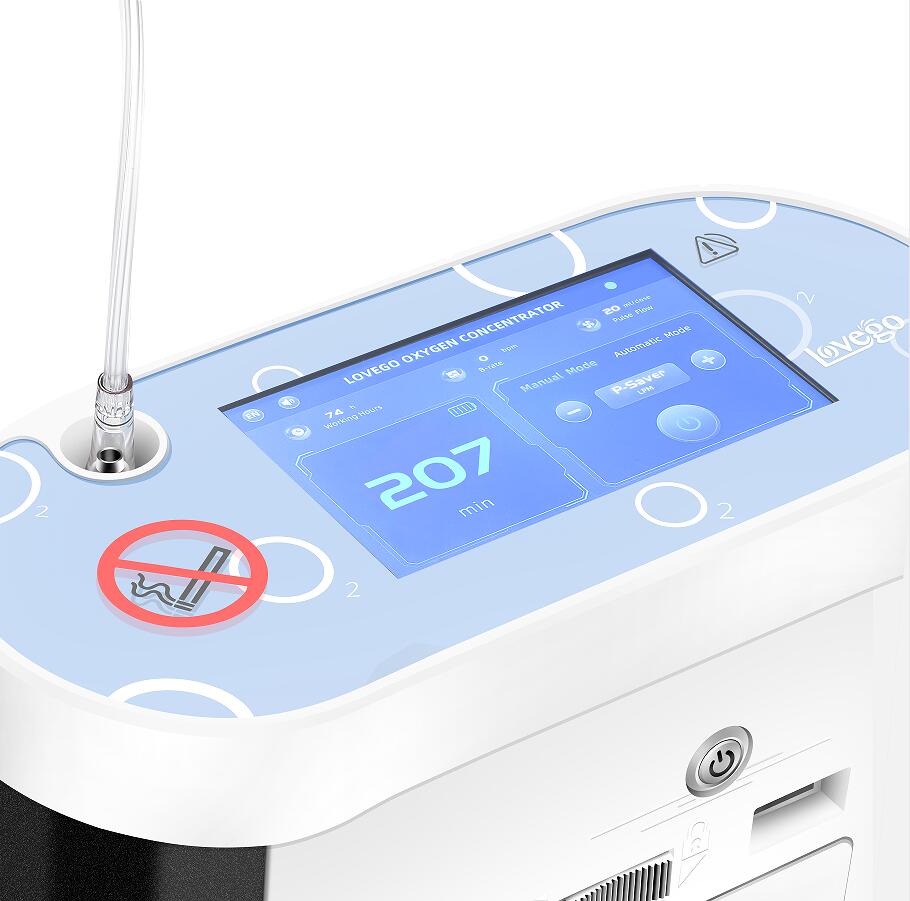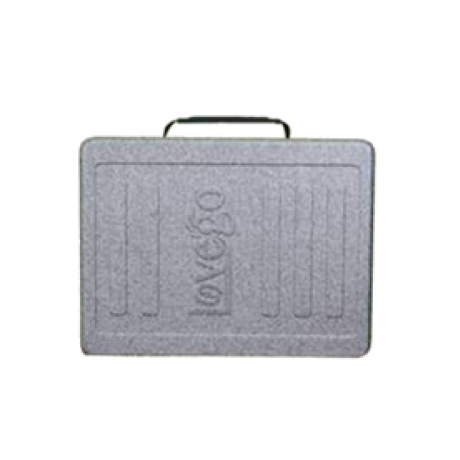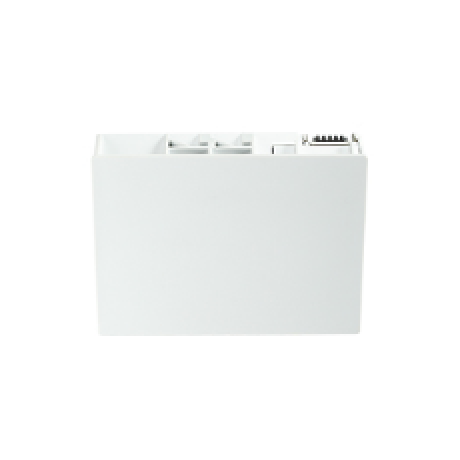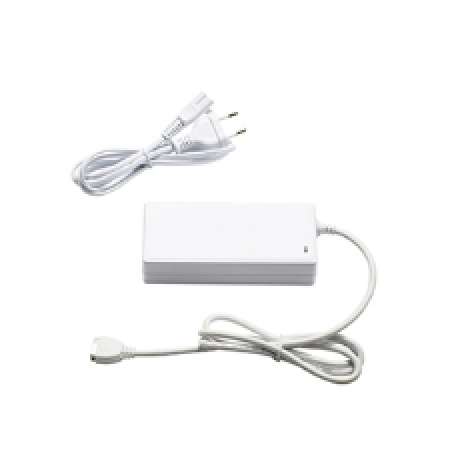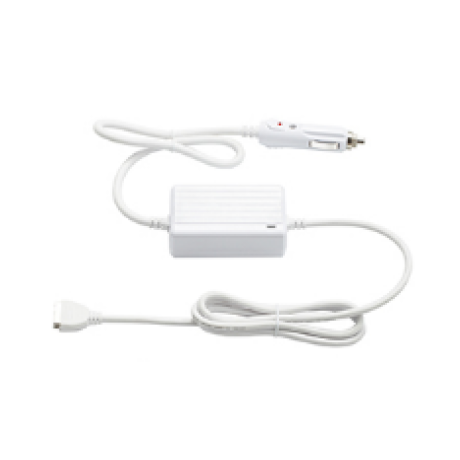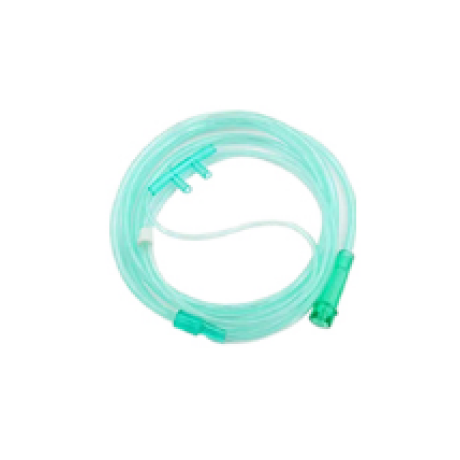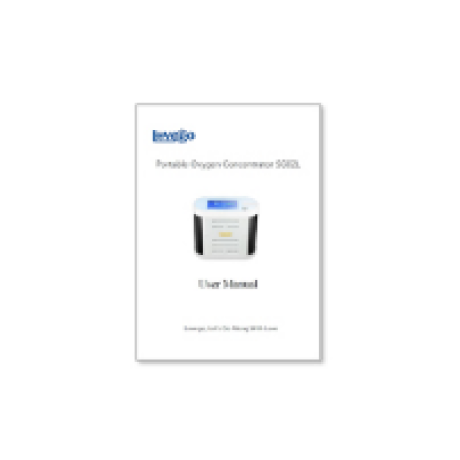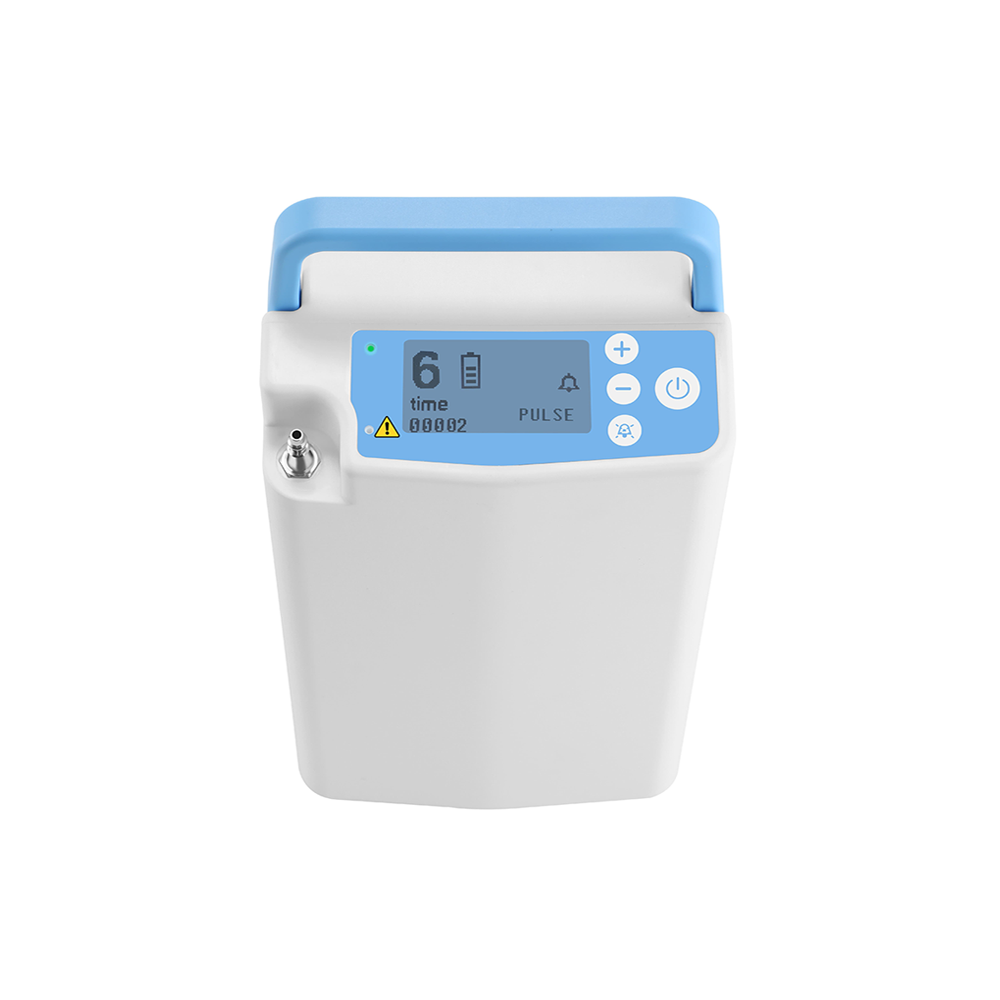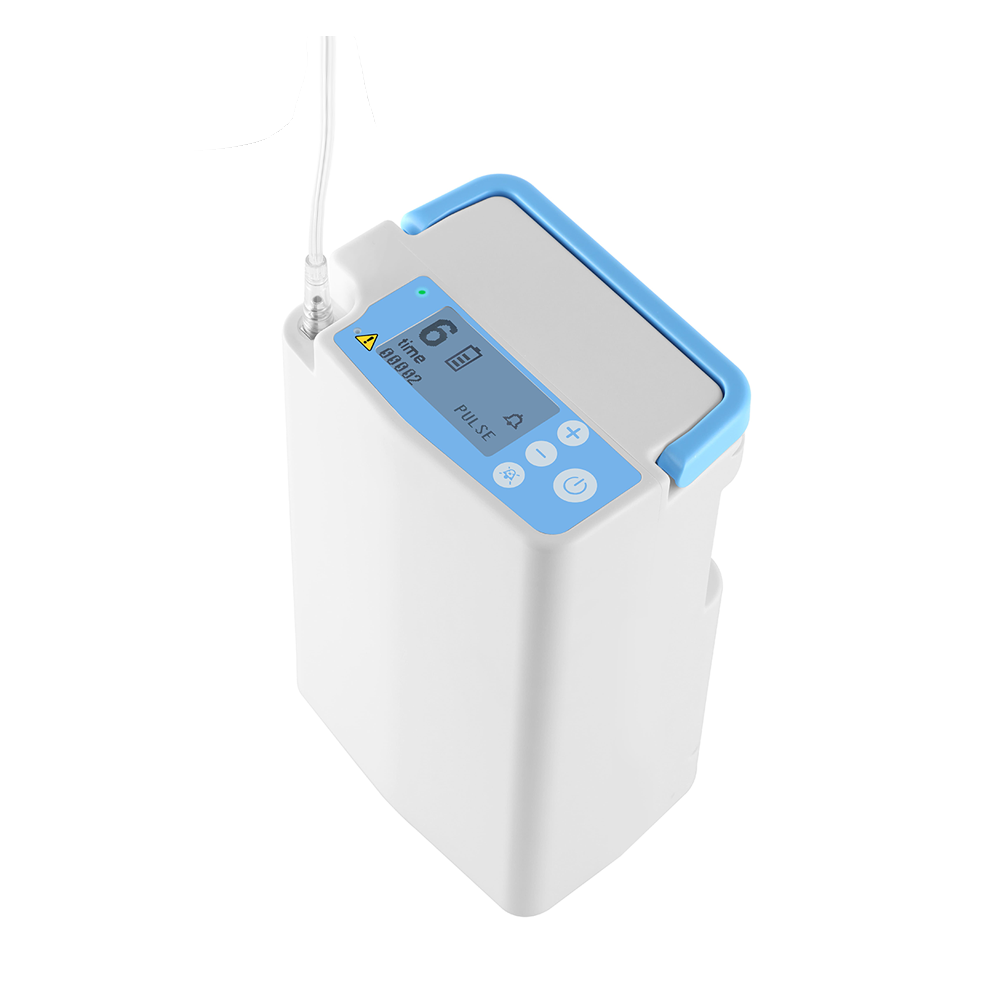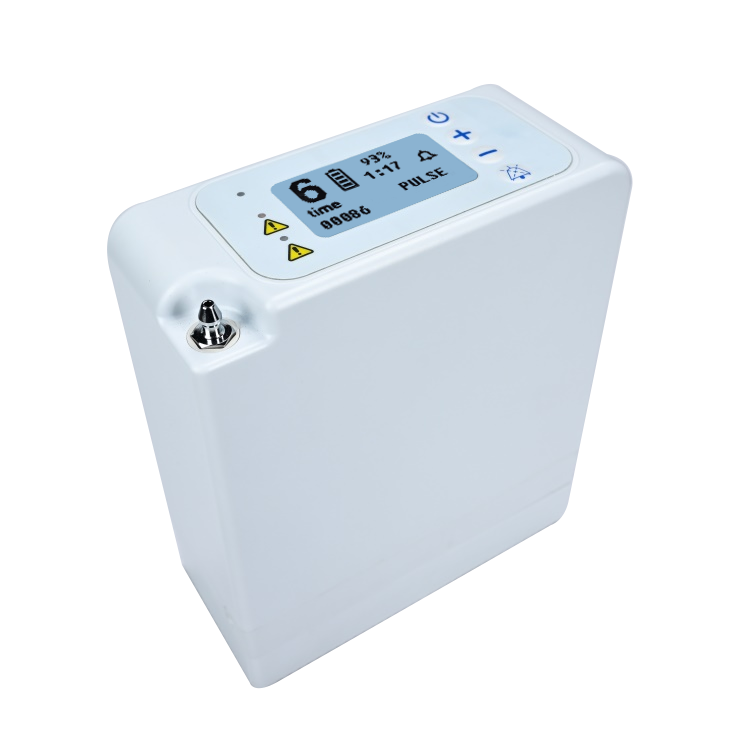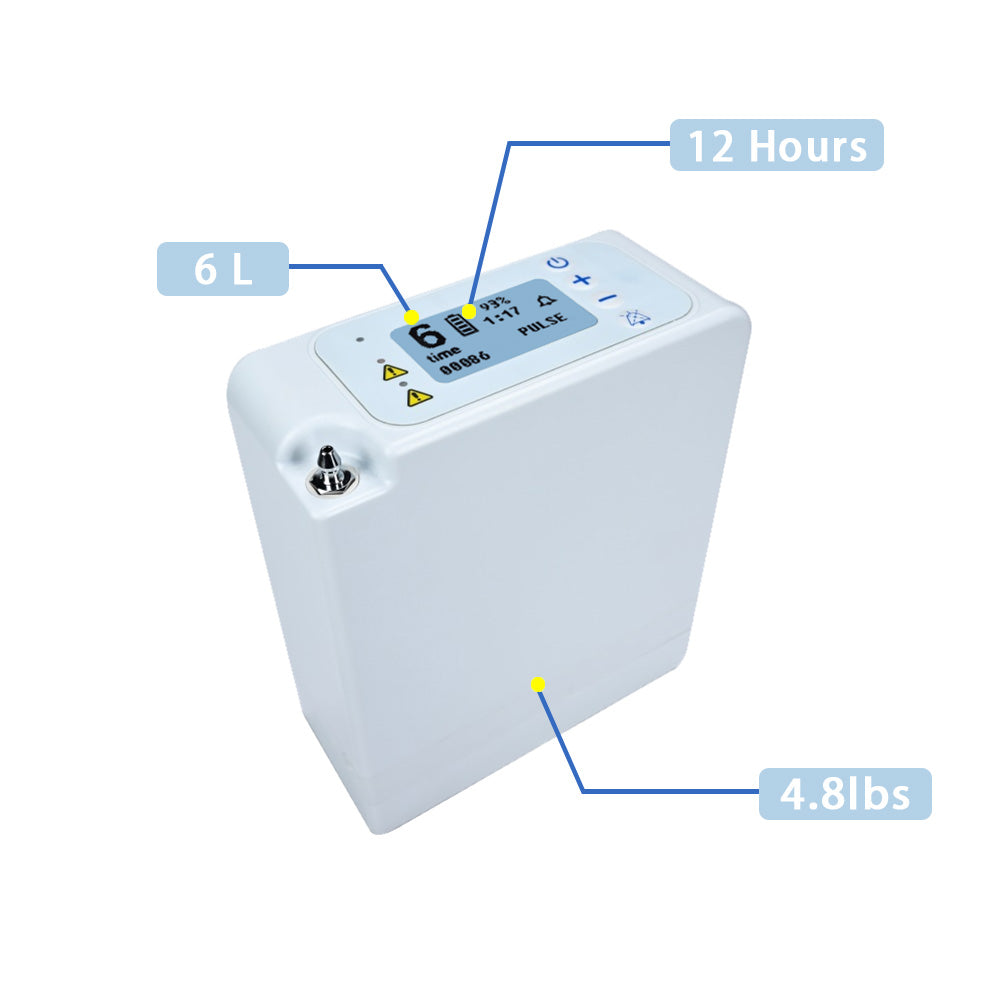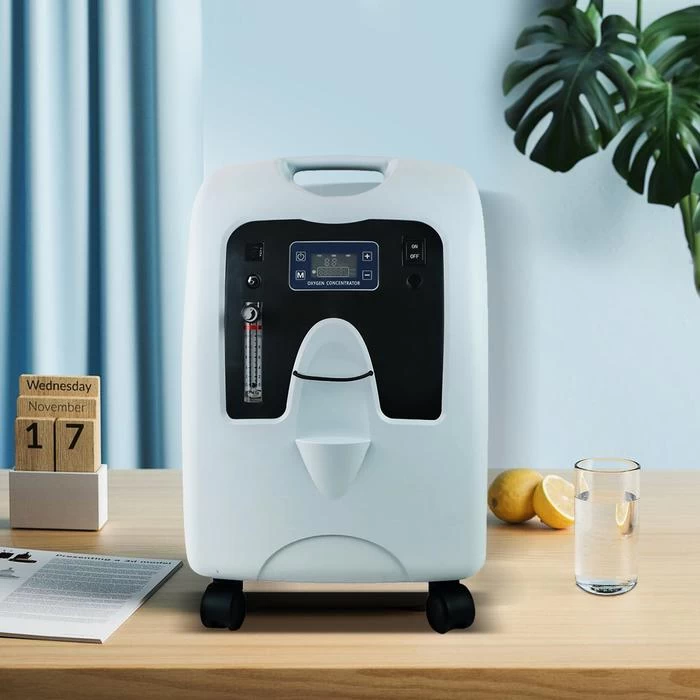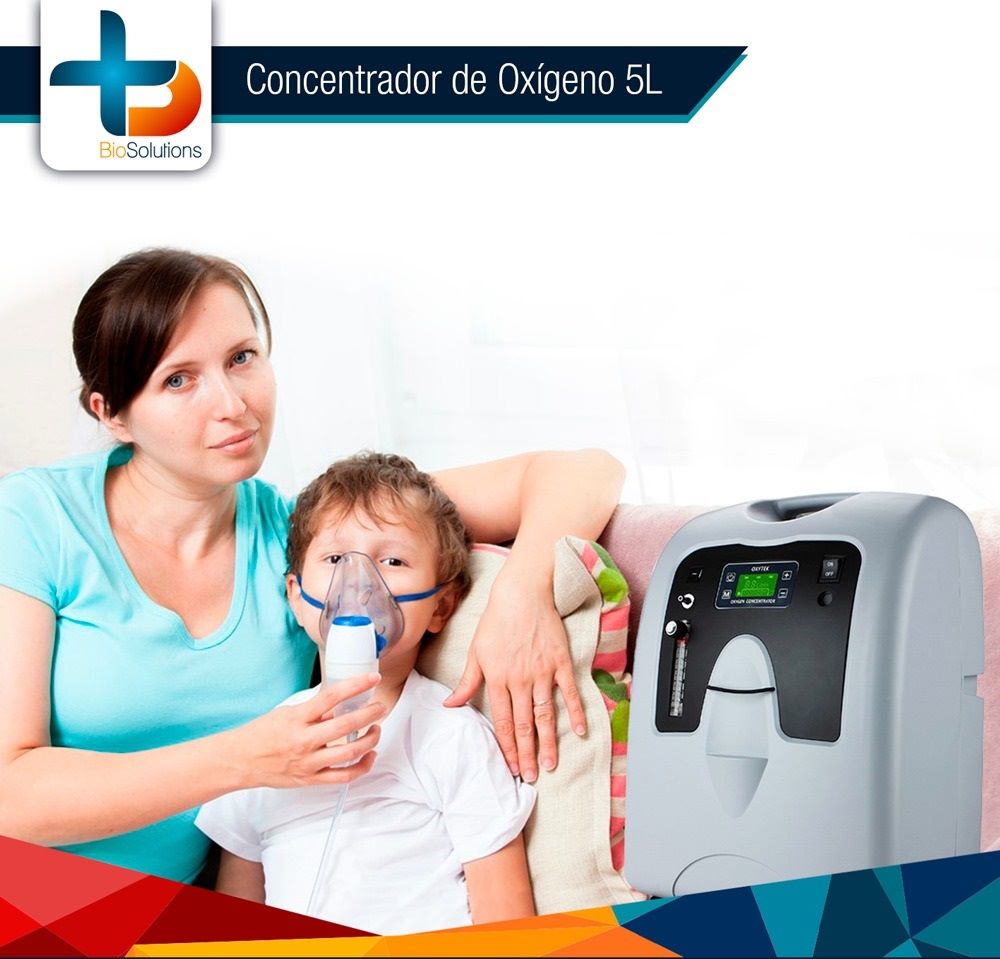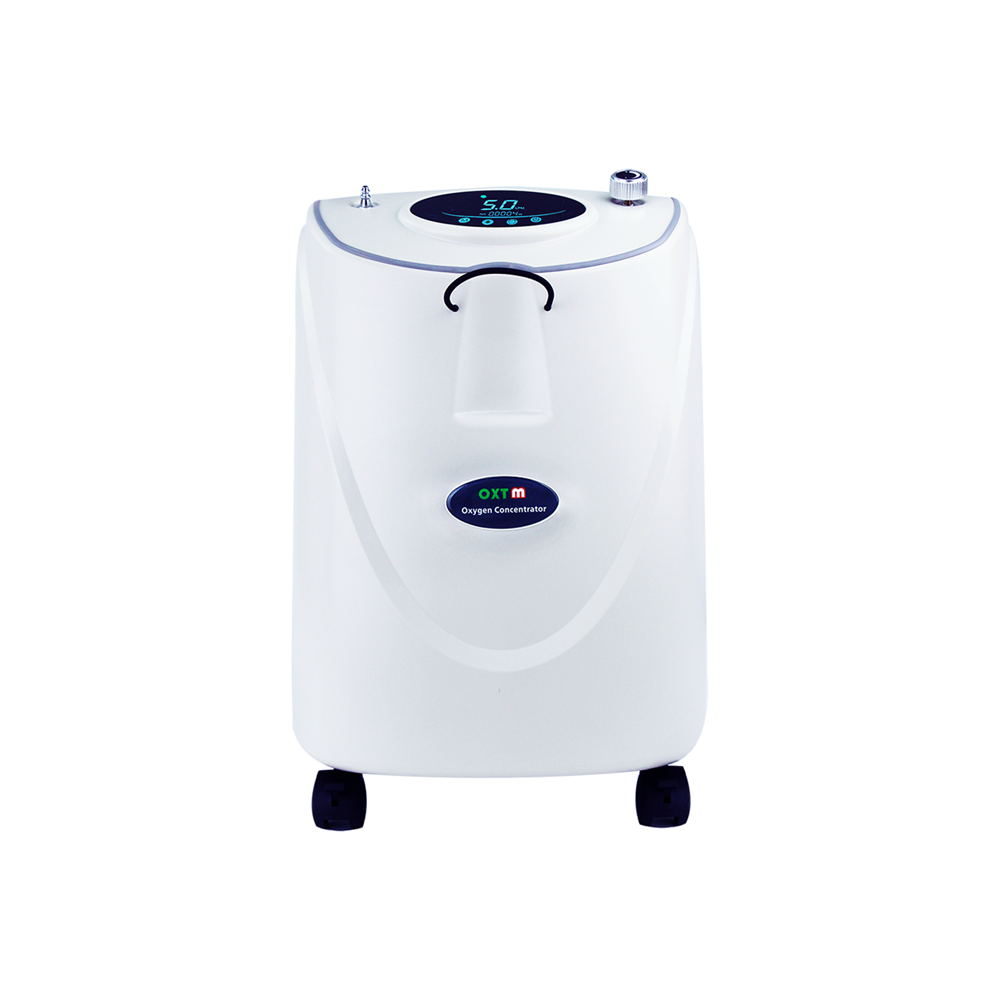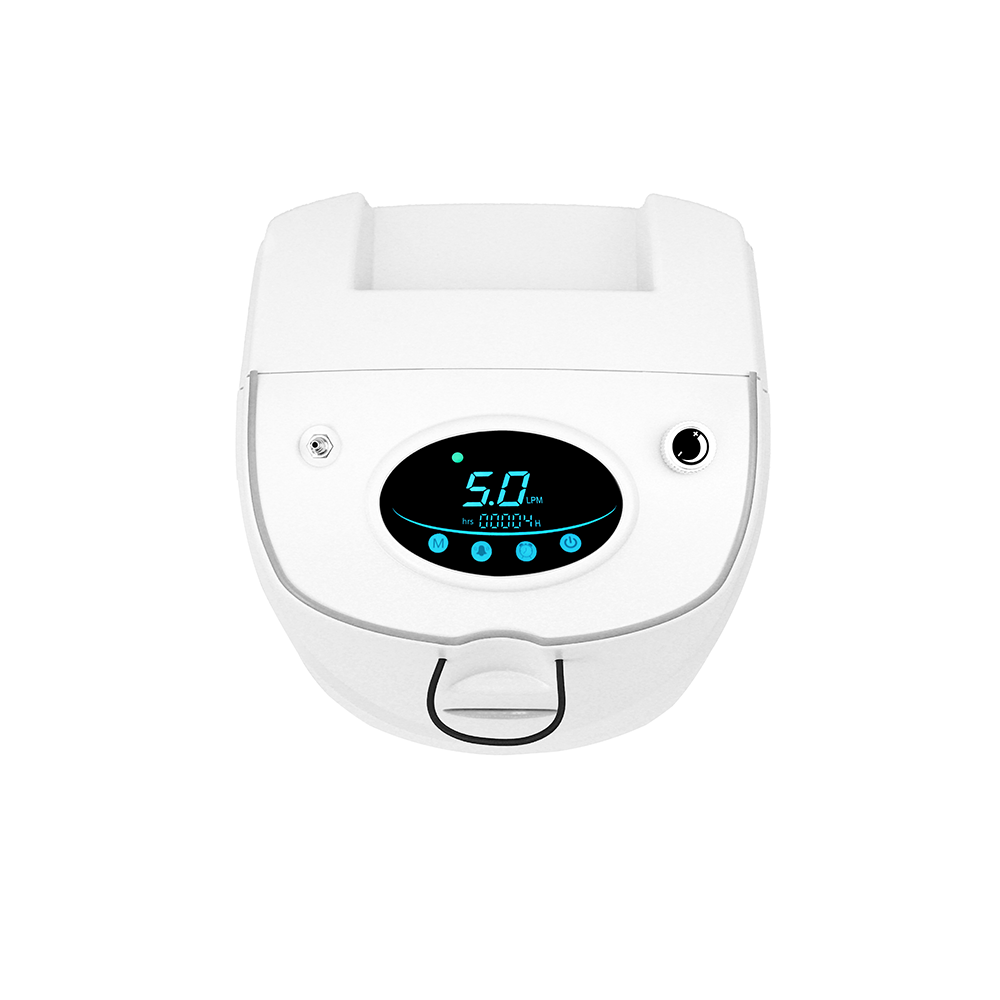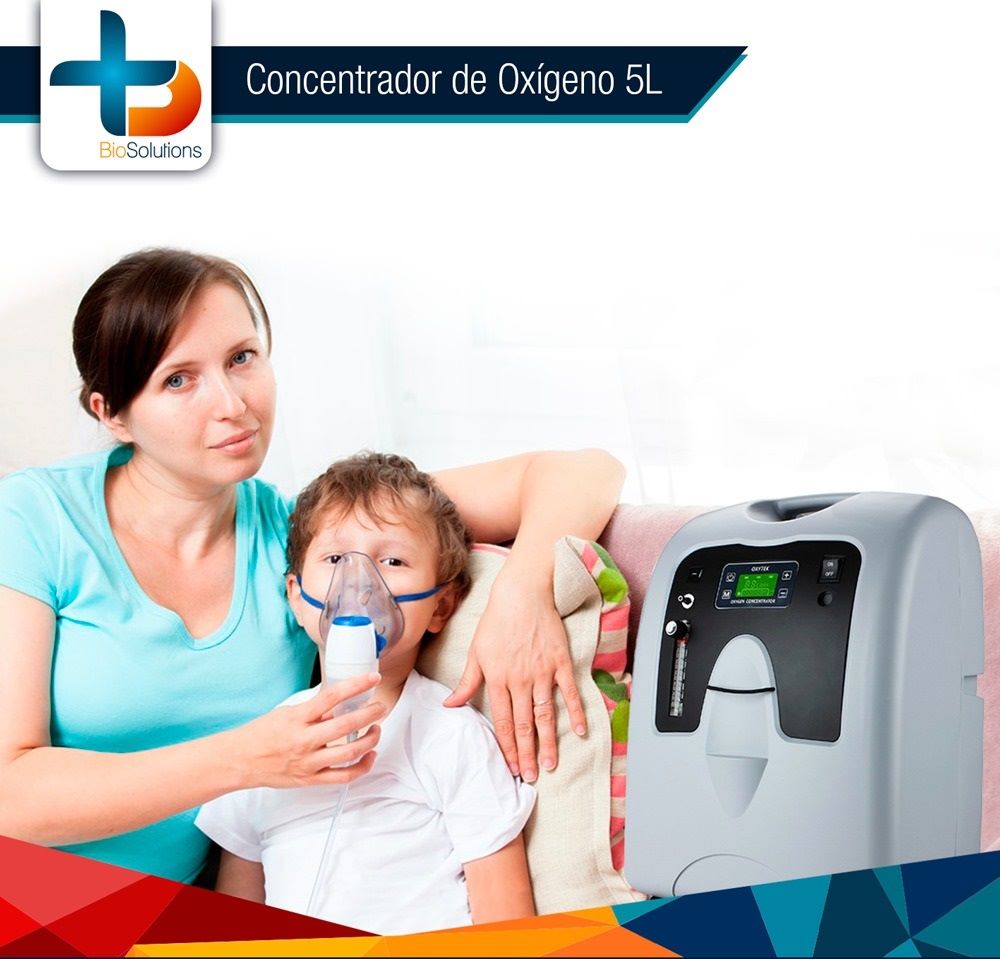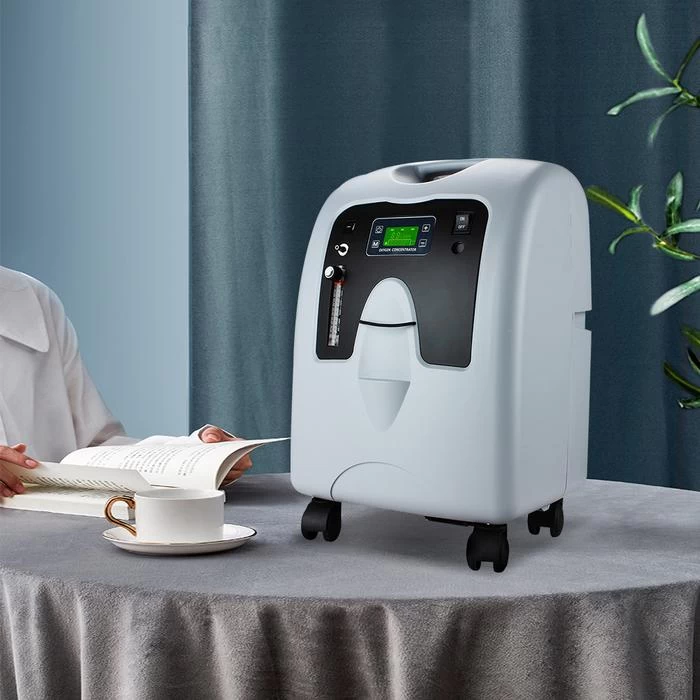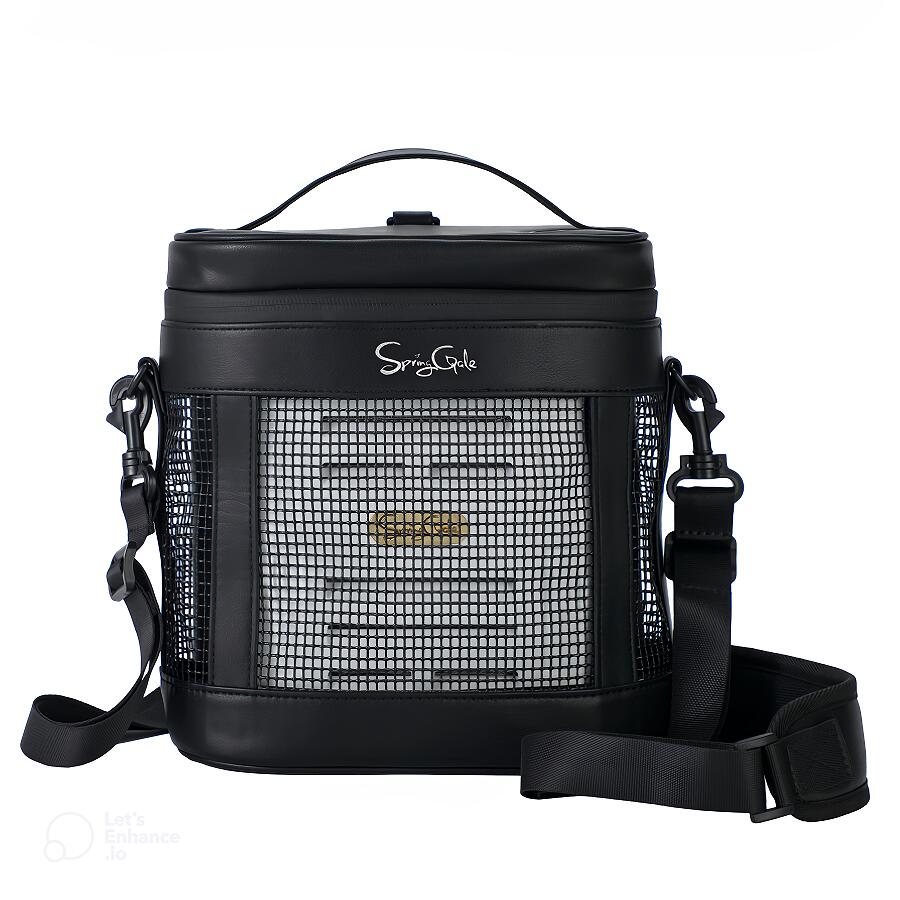

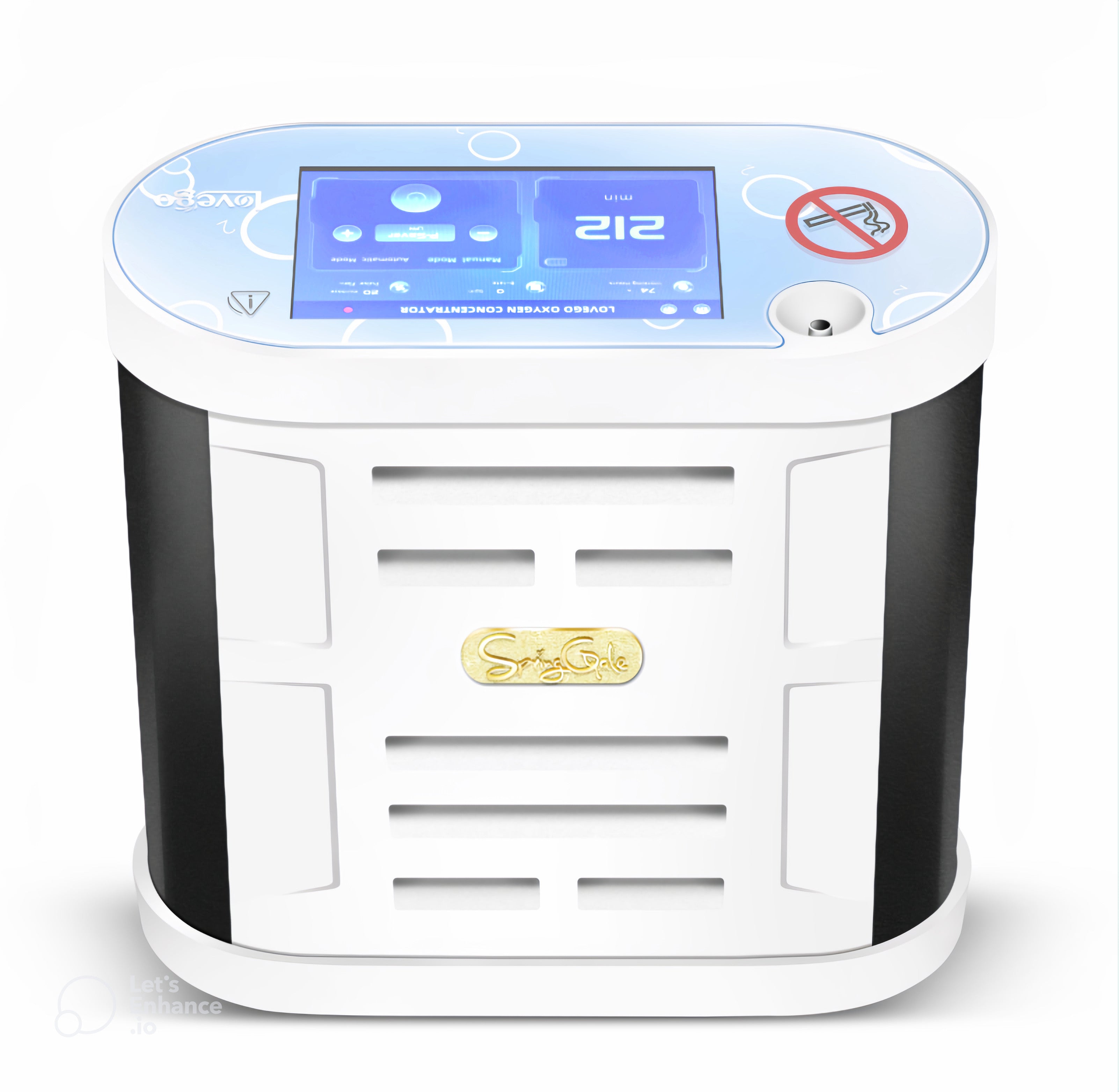
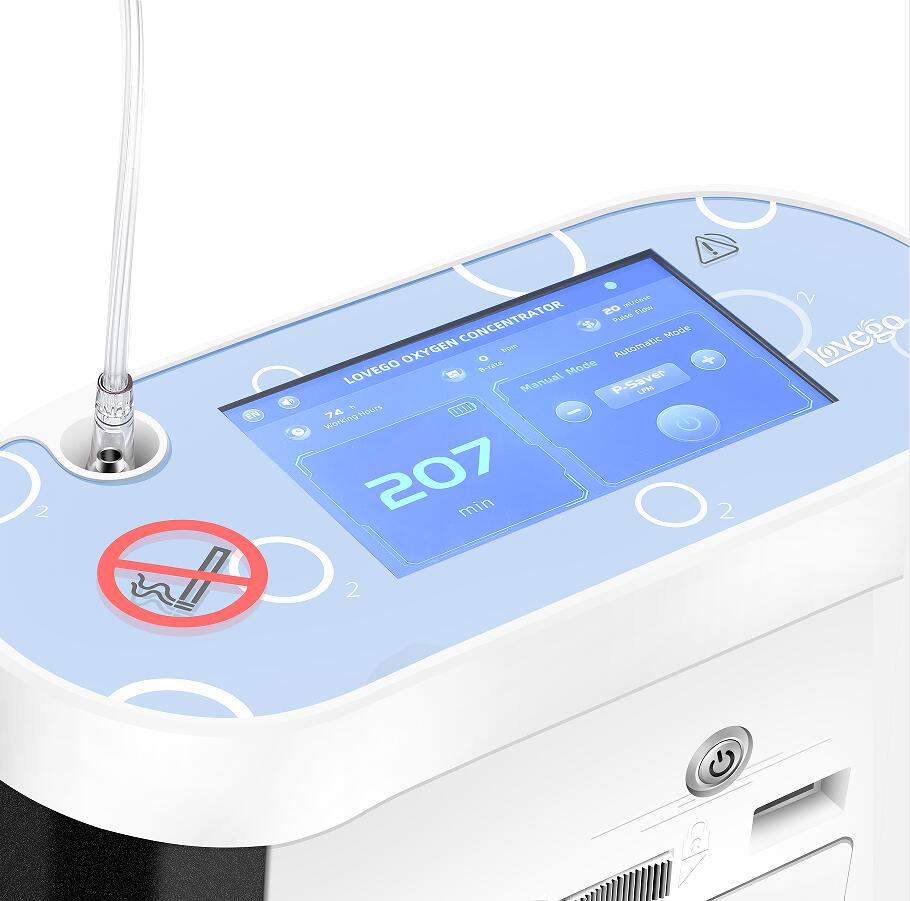
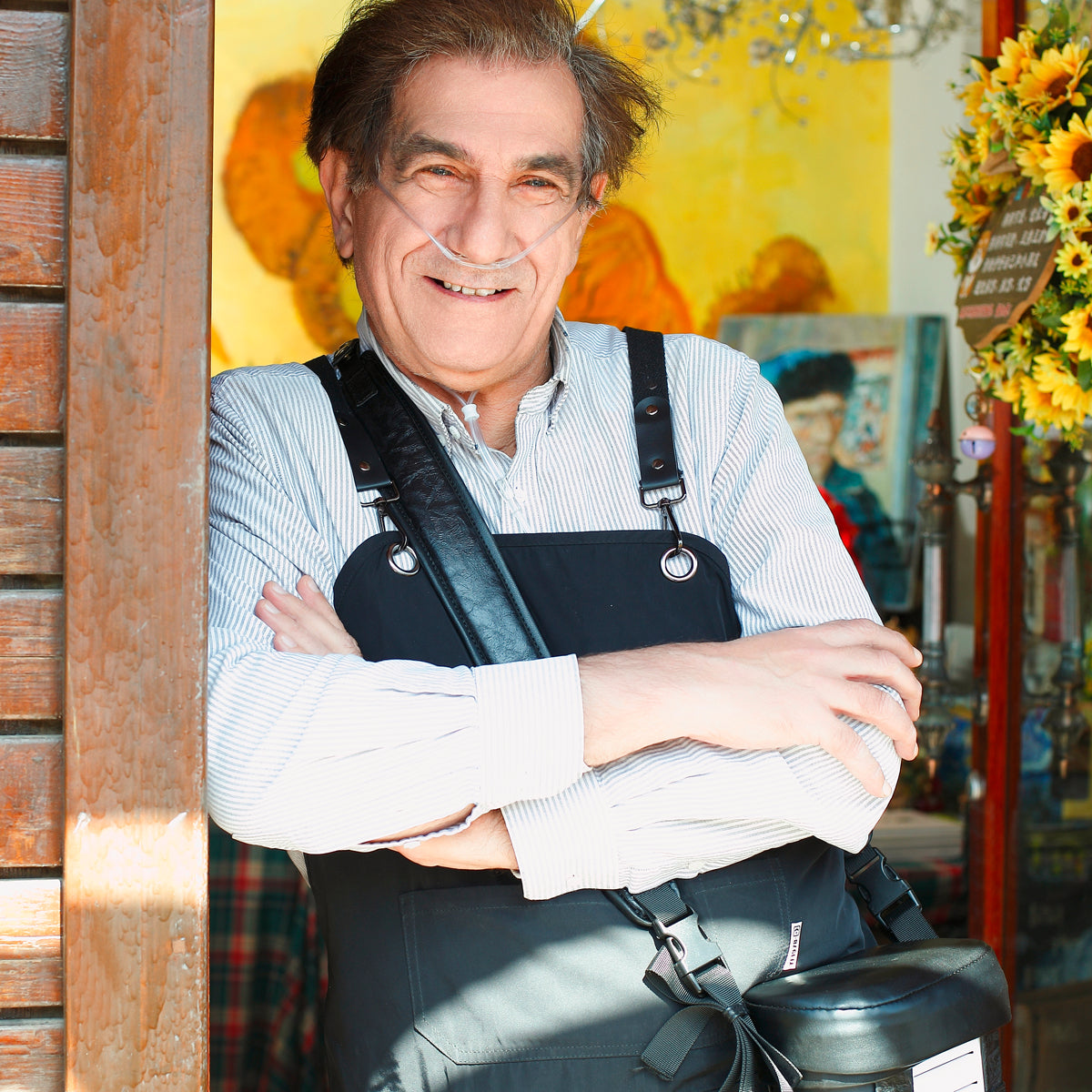
(Premium Version) Portable Oxygen Concentrator for High-End Customers – Ideal for Travel & Home Use
Tax included. Free shipping
Feature
- 50% Larger Oxygen Bolus
- Better Oxygen Therapy Effect
- Intelligent Mobile Phone Monitor and Remote Control
- With Two Batteries (up to 8 hours total)
- Be Quickly Fully Charged Within 1 Hour

This product is rated 5.0 of 5.0 stars.
It has received 2 reviews.
Premium Portable Oxygen Concentrator SG02L
Better Oxygen Therapy Effect






SG02L is a new portable oxygen concentrator (POC) with a 50% larger supply of oxygen bolus in pulse flow.
With 50% more oxygen supplement, customers receive higher blood oxygen saturation with better effect. SG helps customers be capable of daily life and outside activities with less effort.
The Lovego 5-liter Portable Oxygen Concentrator SG02L is the best option for oxygen at home and outside.
Good Oxygen Saturations
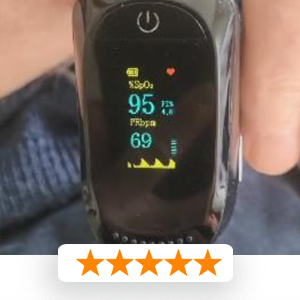
Andre Jacobs
"I do have another unit for continuous flow-which I have in my bedroom and I use that one at night. But I would prefer to use your unit is because I do get a better reading and also I feel the benefit more after using your unit."

Debbie Lee
"My daughter has arrhythmia and requires a blood oxygen level of 95 at least. I have searched many units. This is the sole one that allowed me to go out with my little daughter anywhere with great comfort and ease. We are incredibly grateful."
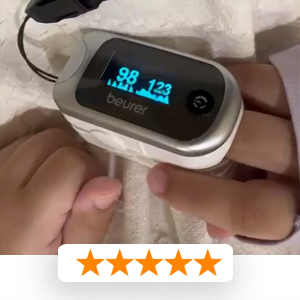
Annie Nicholls
"I'm enjoying this device- it has made it much easier for me to go out with my little one for extended periods. It’s compact, lightweight, and easy to use. My daughter gets a good SPO2 and feels better"
This product is rated 5.0 of 5.0 stars.
It has received 2 reviews.
FAQ
Check out our FAQs and feel free to contact us if you need more help.
How does the oxygen concentrator work?
It draws in air from your surroundings, removes the nitrogen, and delivers oxygen. As long as there is electricity, it can continuously extract oxygen from the surrounding air.
How do you refill the oxygen?
There's no need for refilling. The device, when powered, can continuously generate oxygen by extracting it from the surrounding air.
I am unable to determine the five flow settings - my mother requires a setting of 2.5, not 2 or 3. What should I do?
You can start with a setting of 2 and check your mother's oxygen level (SpO2). If her SpO2 reading is below the recommended target range for oxygen therapy, you can increase the flow setting to 3. The oxygen prescription is variable. What matters most is keeping your mother's blood oxygen saturation at the right level for her condition, not sticking strictly to a prescription.
Is it suitable for use while sleeping?
The environment sound is normally 50db during day. It will cover the working sound of small device. So it won't be a big problem.
But at night, the environment will be very quiet. Even very tiny working sound of the machine will be very noise for sleep.
We suggest you keep the machine out of room and use a 5 meters long tube for a quiet sleep.
Our high-end model SG02L support you remote control at room and monitor your oxygen therapy through your mobile phone's App. Free-Worry.
Can I use the portable oxygen device while it's charging?
Yes, you can.
If the machine is fully charged, is it safe to use while still plugged into the outlet?
Yes, it's fine. When battery is fully charged, it will connect the current with the power outlet directly. It won't cause damage to the battery.

